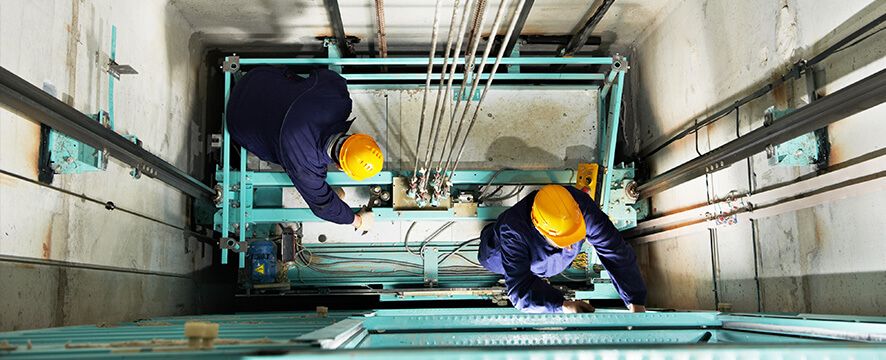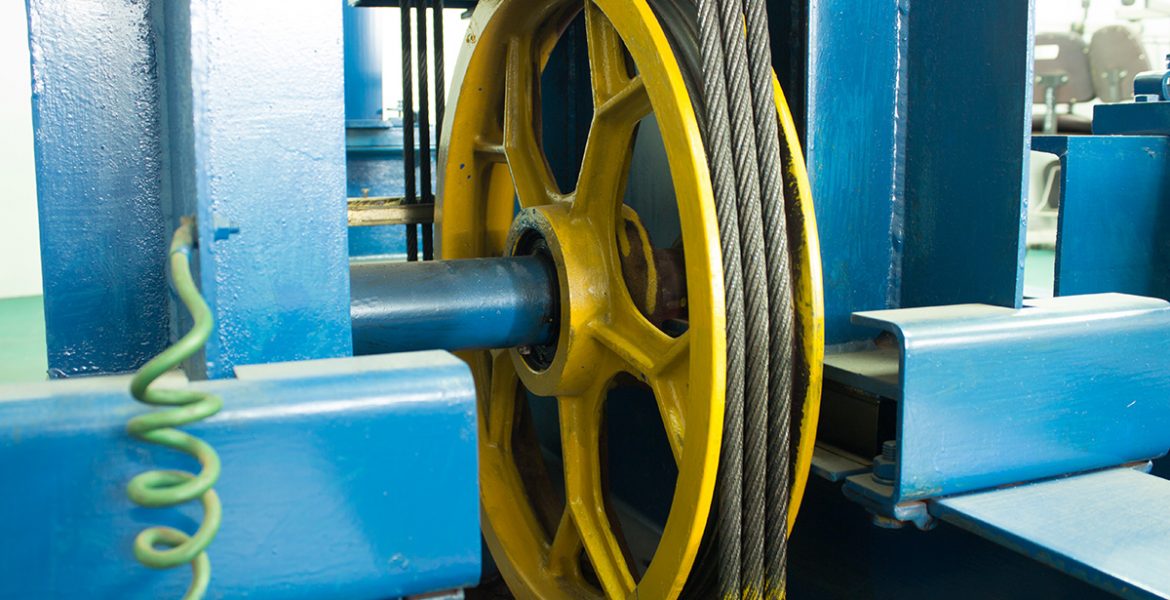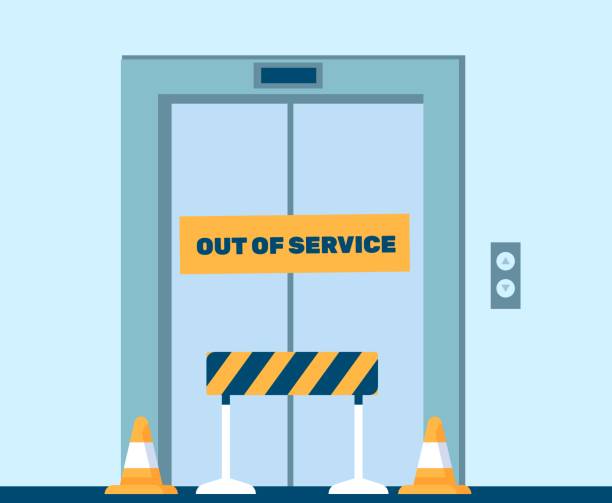Necessary Elements to Think About for Lift Upkeep
When it comes to the reliable and secure procedure of lifts, taking into consideration essential upkeep elements is critical. Elevators are complex systems that need careful interest to detail to function dependably. From routine evaluation routines to adhering to correct lubrication strategies, each facet plays an essential role in making sure the elevator's longevity and safety. However, overlooking these maintenance techniques can bring about unforeseen downtime, security risks, and costly fixings. It is important for building supervisors and upkeep personnel to remain in advance of these elements to maintain the elevator's performance criteria and compliance requirements.
Regular Assessment Schedules

Carrying out regular examinations not just improves the overall efficiency of the elevator but likewise plays a vital role in following security policies and sector requirements. It ensures that the lift operates smoothly, reducing the threat of unforeseen breakdowns that might inconvenience owners or compromise security. In addition, routine inspections add to prolonging the life expectancy of the lift devices, inevitably lowering upkeep costs and downtime.
To enhance the inspection procedure, several structure owners partner with qualified lift maintenance business that concentrate on conducting extensive assessments and providing prompt maintenance solutions. By focusing on normal evaluation timetables, stakeholders can copyright the security, integrity, and efficiency of their elevator systems.
Proper Lubrication Strategies
Efficient lubrication techniques are vital for keeping the optimum performance and longevity of lift parts. Proper lubrication techniques play a critical role in avoiding deterioration on relocating components, reducing friction, and guaranteeing smooth operation of the lift system. When it pertains to lift upkeep, utilizing the appropriate lubes in the right amounts at the advised periods is vital to avoiding pricey fixings and decreasing downtime.
To ensure appropriate lubrication, elevator service technicians have to adhere to maker standards relating to the sort of lubricant to be used for specific parts such as bearings, equipments, and overview rails - lift maintenance company. Over-lubrication can draw in dust and debris, causing element malfunctions, while under-lubrication can cause raised rubbing and premature wear. Frequently scheduled lubrication upkeep must be included in the total elevator upkeep plan to keep the system running successfully and securely
Checking Deterioration
Appropriate lubrication techniques are integral in facilitating the early detection and surveillance of deterioration on lift elements. Regular lubrication helps in reducing friction between relocating parts, protecting against extreme wear and potential malfunctions. Keeping track of wear and tear goes past just lubrication. Lift maintenance workers must conduct regular inspections to determine indicators of wear on vital components such as ropes, a fantastic read sheaves, guide rails, and bearings. These examinations may include aesthetic checks, determining wear limits, and using diagnostic devices to evaluate the problem of essential parts. In addition, keeping in-depth upkeep records can help in tracking the wear patterns of lift components in time, enabling for anticipating maintenance preparation. By very closely keeping an eye on damage, maintenance groups can attend to concerns proactively prior to they escalate into expensive fixings or unanticipated downtime, making certain the risk-free and reliable operation of the elevator system.

Safety Conformity Checks
Carrying out detailed security compliance checks is important in ensuring the lift system meets all functional needs and governing criteria. These checks additionally entail confirming that the elevator's ability limitations, rate, and emergency interaction systems are in line with security criteria. Furthermore, adherence to safety and security compliance checks can stop accidents, lower liability threats for building proprietors, and expand the life expectancy of the lift system.
Emergency Feedback Planning
Taking into account the important significance of safety and security compliance checks in preserving lift systems, a robust emergency feedback planning technique is extremely important to swiftly and successfully address unpredicted incidents. lift engineer course. Emergency situation response planning for lifts entails aggressive steps to make sure the web link safety and security of travelers and maintenance employees in the event of emergencies such as power interruptions, entrapments, or mechanical failings
Key components of a reliable emergency reaction plan include developing clear interaction methods, giving normal training to team on emergency treatments, preserving updated emergency situation get in touch with checklists, and performing regular drills to exercise feedback activities. In addition, it is necessary to have actually marked employees liable for coordinating emergency situation responses and guaranteeing that essential tools, such as emergency lighting and communication tools, remain in functioning order.
Final Thought
To conclude, it is vital go to the website to focus on routine evaluation schedules, correct lubrication strategies, monitoring damage, safety and security compliance checks, and emergency feedback preparation for elevator maintenance. By applying these crucial aspects, building proprietors can ensure the security and effectiveness of their elevators, inevitably minimizing the danger of malfunctions and crashes. Consistent maintenance practices are important for lengthening the life-span of elevators and ensuring the wellness of individuals who rely upon them for transportation.
On a regular basis arranged lubrication upkeep should be included in the total elevator maintenance plan to maintain the system running successfully and safely.
Lift maintenance workers must carry out regular evaluations to recognize signs of wear on vital components such as ropes, sheaves, overview rails, and bearings. Additionally, keeping in-depth maintenance records can assist in tracking the wear patterns of elevator parts over time, permitting for predictive maintenance preparation. By closely checking wear and tear, maintenance teams can resolve issues proactively before they intensify right into costly fixings or unexpected downtime, making sure the safe and effective operation of the elevator system.
